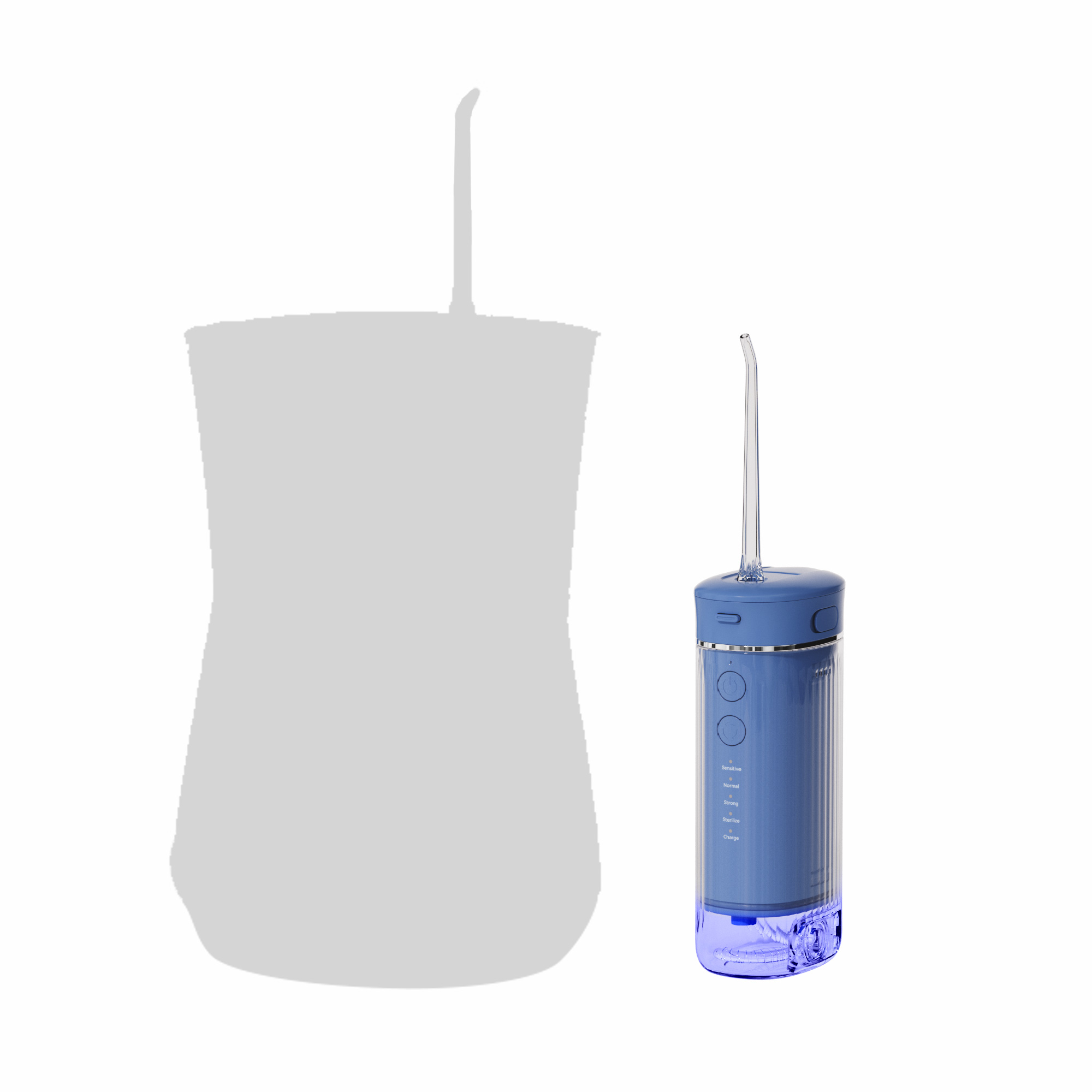In the rapidly evolving market of oral care devices, particularly electric toothbrushes and whitening applicators, cases of brush discoloration combined with hydrogen peroxide burns are becoming a concern for both users and manufacturers. While these issues may appear superficial at first glance, ignoring them could expose end-users to safety risks and damage the brand’s reputation. But is this truly something manufacturers can afford to overlook?
Brush discoloration often results from repeated exposure to whitening gels containing hydrogen peroxide. Factors contributing to this include:
Over time, this leads to noticeable yellowing, fading, or spotting on the brush head—clear signs that chemical damage is taking place.
In parallel, hydrogen peroxide burns can affect the user’s soft tissues—particularly gums and lips—when whitening agents leak or are improperly applied. Such burns typically arise from:
These burns manifest as irritation, whitening of the mucosa, or even pain—and in severe cases, tissue damage requiring medical attention.Company web: https://www.powsmart.com/product/electric-toothbrush/
.jpg)
Interestingly, brush discoloration and hydrogen peroxide burns often stem from the same design and material flaws:
This link suggests that when brush discoloration is visible, it may also indicate an elevated risk of peroxide exposure to the user—raising valid safety concerns.
Ignoring brush discoloration and the possibility of hydrogen peroxide burns carries several risks for OEM and ODM manufacturers:
Such outcomes can severely affect long-term B2B partnerships and market share.
To avoid these risks, manufacturers should focus on:
Quality control at both the formulation and hardware levels is essential to prevent both brush discoloration and hydrogen peroxide burns.
The future of oral care design is moving toward:
Adopting these innovations positions brands as leaders in both safety and technological advancement.
In conclusion, brush discoloration and hydrogen peroxide burns are not minor cosmetic defects—they are potential indicators of underlying product safety issues. Responsible manufacturers must treat these signs seriously, implementing better materials, superior design, and rigorous quality control to ensure end-user protection. For B2B suppliers, addressing these risks is not only about compliance—it’s about building trust and securing long-term success in the oral care market. Contact us
.webp)
How Do Electric Toothbrush Market Trends Influence Electric Toothbrush Supplier Certification?
.jpg)
Need an Electric Toothbrush Packaging Supplier with Integrated Electric Toothbrush Logistics Services?
Tongue Numbness After Hydrogen Peroxide Burns – Normal?
.jpg)
Water Flosser Price Factors & Supplier Screening: A Strategic Sourcing Guide
Overbleaching Risk and Gum Recession – Fair Trade?
sonic electric toothbrush Tucson
.jpg)
Looking for Electric Toothbrush for Travel Wholesale as an Oral-B Electric Toothbrush Distributor?
Timer Malfunction with Whitening Reversal – Wasted Effort?
.jpg)
Where to Find Electric Toothbrush Manufacturer Reviews to Identify the Best Electric Toothbrush for Distributors?

Water Flosser Working Principle Explained by a Direct OEM Factory
Enamel Transparency Plus Taste Loss – Permanent Damage?
Battery Degradation Accelerating LED Dimming – Unavoidable?
.jpg)
What Methods Can Be Adopted in Increasing the Sales of Water Flossers?

Precautions During Use – Maximize the Effectiveness of the Home Teeth Whitening Device
Short Circuit Plus Water Leakage – Playing with Fire?
Gum Irritation or Throat Irritation – What’s the Culprit?

electric toothbrush heads Ultra Soft

electric toothbrush heads Regular Clean

electric toothbrush heads Deep Clean

Private Label Whitening Gel

Customization Teeth Whitening Gel

electric toothbrush heads Charcoal Infuse-Round

Electric toothbrush heads Charcoal Infused-Diamond
.jpg)
Florida Electric Toothbrush – Powsmart PTR-C8
whstapp
whstapp
National Toll-Free Service Hotline
+86 755 86238638